January 2023 Blues Vol 39 No. 1
- Text
- Largest police magazine
- Police magazine
- Police news
- Law enforcement
- John salerno
- Dr tina kaeckle
- Rex evans
- Michael barron
- 2023 new year resolutions
- 2023 new year
- Lenny depaul
- Buck smith
- Paul duffy
- Marshal
- Us marshals
- Wwwbluespdmagcom
- January
- Marshals
- Usms
- Enforcement
to traffic accidents
to traffic accidents instead of dealing with other safety issues of a potential criminal nature. So, partnering with your transportation agency and looking at the flow of people into and out of the event is really important,” he adds. Also, efficient egress can thin traffic sooner and clear the way for an easier and quicker response for emergency vehicles when needed. Taylor points out that this process is not just reserved for big cities, nor is it just for New Year’s Eve celebrations. Every small town can implement the same tactics for Fourth of July celebrations, parades, or any other event that draws a large gathering during the year. EVENT HEADCOUNT Event organizers and police providing security have always faced the challenge of anticipating crowd size. Now technology can help with those estimates and allow leaders to build data models to help more accurately plan resources. “I think that one of the challenges with large gatherings is the estimation of how large these gatherings are isn’t always real accurate. So, this is something that technology can help with now is that the technologies out there are a lot better at doing people counting,” explains Taylor. “This is not identification or recognition; it’s just counting the number of people in an area.” INVESTIGATIONS When there is a criminal incident and police have a person of interest, technology can help provide relevant information. But how do you find the most relevant information? Let’s say you are a large city that has potentially thousands of cameras. “It can become very time consuming to go through a lot of camera feeds to look for new details that are very important from an investigative standpoint. There are analytics that help with that, and more advanced video technologies create more metadata within the video stream,” says Taylor. “So that structured data about data that helps you identify different classifications, from the color of a shirt to someone’s hair color, or just classifying objects or groupings of people, groupings of pixels as people or vehicles, you can do these things, and you can dramatically improve the efficiency of search within the data, the data pool.” BIG BROTHER IS NOT WATCHING “We’ve heard agencies refer to it as video in the public domain or in the public right of way. And really what most of these agencies are trying to accomplish is to drive efficiencies in the emergency response workflow. I think there’s a misconception that when there’s a camera, there’s someone at the other end of a video feed looking at a monitor and monitoring things real time. And most people are not comfortable with the idea of living in a surveillance state,” says Taylor. He says that is a logical and reasonable skepticism but has suggestions on how departments can deal with that perception. “The best way that I recommend for any agency to deal with this is on the front end through a policy standpoint, have open communications within your community with multiple stakeholders about what type of technologies are you considering investing in, what are the primary uses of that technology, what are allowable, secondary, and tertiary uses of that technology, and what are non-allowable parallel uses of that technology.” he adds. He says departments should plan these things out in a policy format, determine who has access to the video, how long video is stored, and how you’re deciding where devices are placed. “If you put it in one area of the community, then you might hear people say, ‘well, that’s only going in the fluent area of the community,’ and therefore it’s only benefiting the people who are already the haves of society. If you put it in another area of that community, then it can be accusatory that you’re using it to over police or to surveil certain portions of a community,” Taylor explains. Having a written policy helps clarify why and where cameras are located when any public concerns arise later. TAKEAWAYS “I think the biggest takeaways that I would stress are collaborate with your other agencies, namely your transportation agency, look at efficient event management to get people in and out of areas as quickly and safely as possible so that you don’t create congestion, and don’t tie up your resources,” Taylor says. He also reminds that departments can use the technology in two regards. First is the real time response and driving efficiency in the emergency re- sponse workflow. Second, video technology can assist in investigations when police are trying to locate a suspect or collect evidence. ABOUT THE AUTHOR Wayne Parham is Senior Editor at POLICE Magazine and PoliceMag.com and has more than three decades of experience covering public safety and government. Article reprinted from POLICE Magazine, policemag.com. 54 The BLUES The BLUES 55
- Page 1 and 2:
The BLUES 1
- Page 4: FOUNDED IN 1984 OUR TEAM MICHAEL BA
- Page 8: FROM THE GUEST EDITOR’S DESK yrs.
- Page 12: READERS SPEAK OUT yrs. Congress Sho
- Page 16: AROUND THE COUNTRY yrs. MISSION, TX
- Page 20: AROUND THE COUNTRY yrs. GWINNETT CO
- Page 24: AROUND THE COUNTRY STUTTGART, ARK.
- Page 28: AROUND THE COUNTRY FAYETTEVILLE, NC
- Page 32: AROUND THE COUNTRY yrs. BENTONVILLE
- Page 36: AROUND THE COUNTRY yrs. FORT WALTON
- Page 40: AROUND THE COUNTRY yrs. GILBERT, AZ
- Page 44: AROUND THE COUNTRY yrs. Investigato
- Page 48: AROUND THE COUNTRY yrs. MICHIGAN ST
- Page 52: AROUND THE COUNTRY TECH TOOLS yrs.
- Page 58: Officer suicide, police fatigue, st
- Page 62: USMS UNITED STATES MARSHALS SERVICE
- Page 66: USMS UNITED STATES MARSHALS SERVICE
- Page 70: USMS UNITED STATES MARSHALS SERVICE
- Page 74: USMS UNITED STATES MARSHALS SERVICE
- Page 78: USMS UNITED STATES MARSHALS SERVICE
- Page 82: yrs. JANUARY 9-10 Courtroom Securit
- Page 86: HONORING OUR FALLEN HEROES RESERVE
- Page 90: HONORING OUR FALLEN HEROES SERGEANT
- Page 94: HONORING OUR FALLEN HEROES DETECTIV
- Page 98: SUPPORT THE OFFICER DOWN MEMORIAL P
- Page 102: WORDS BY a SURVIVING WIDOW You’re
- Page 106:
DARYL LOTT daryl’s deliberations
- Page 110:
HONORING FALLEN HEREOS yrs. “Hono
- Page 114:
RUSTY BARRON off duty & outdoors yr
- Page 118:
ADS BACK IN THE DAY 118 The BLUES T
- Page 122:
THERE ARE NO WORDS parting shots...
- Page 126:
yrs. Air Bear announces the arrival
- Page 130:
yrs. Starting in 2003, Cop Stop Inc
- Page 134:
yrs. People are Your Purpose, and O
- Page 138:
yrs. PLANET FORD IN SPRING, 20403 I
- Page 142:
yrs. 12722 HWY. 3 • WEBSTER, TEXA
- Page 146:
STATEWIDE VACANCIES FOR JAILERS Jon
- Page 150:
150 The BLUES The BLUES 151
- Page 154:
EMPLOYMENT BENEFITS • Paid Vacati
- Page 158:
October 15 October 15 158 The BLUES
- Page 162:
DEER PARK POLICE DEPARTMENT Deer Pa
- Page 166:
GALVESTON COUNTY SHERIFF’S OFFICE
- Page 170:
170 The BLUES The BLUES 171
- Page 174:
WE ARE HIRING! BENEFITS •Free bas
- Page 178:
178 The BLUES The BLUES 179
- Page 182:
182 The BLUES The BLUES 183
- Page 186:
186 The BLUES The BLUES 187
- Page 190:
190 The BLUES The BLUES 191
- Page 194:
What do you think is the REAL Monda
Inappropriate
Loading...
Mail this publication
Loading...
Embed
Loading...




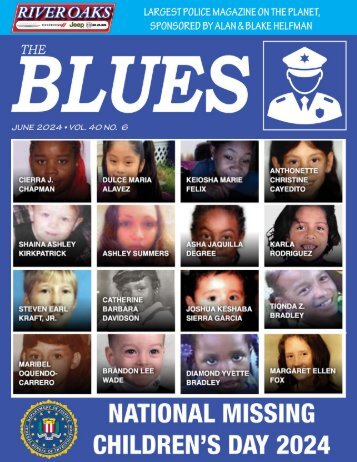
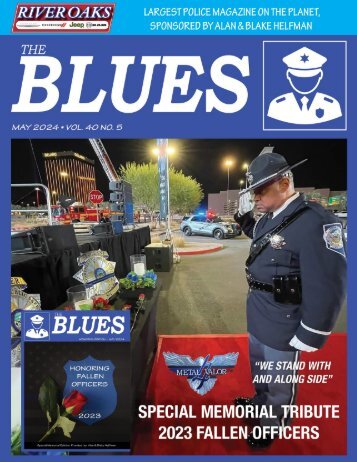
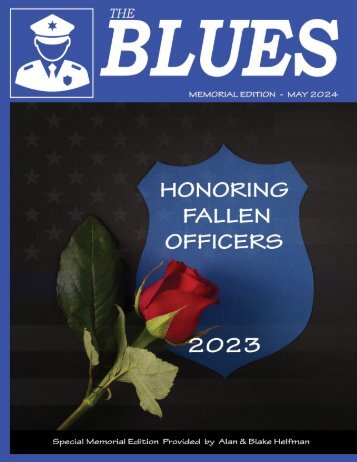
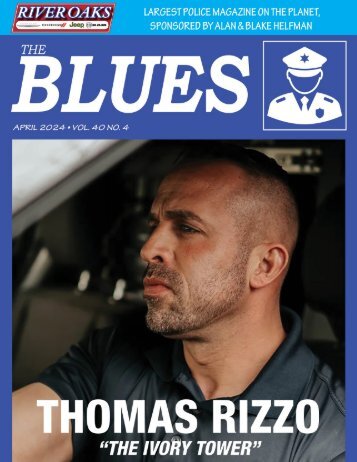
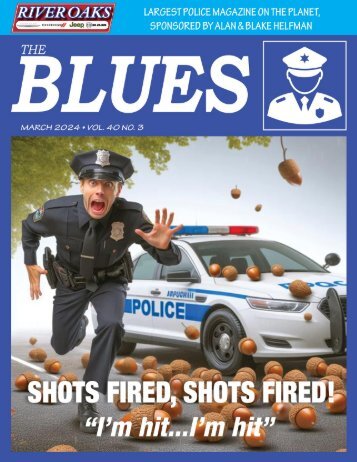

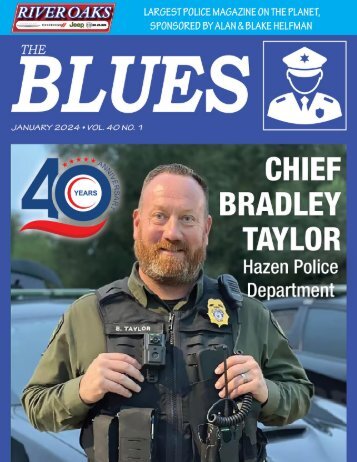
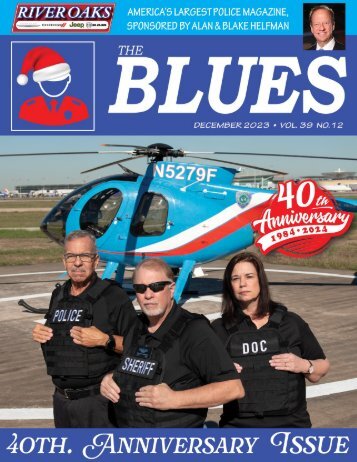
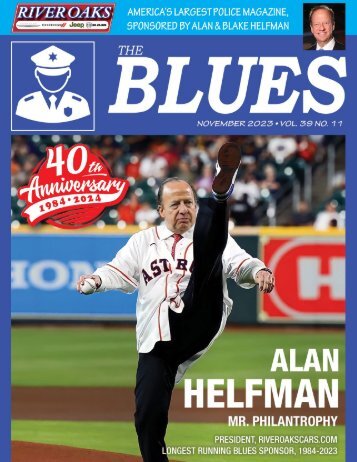

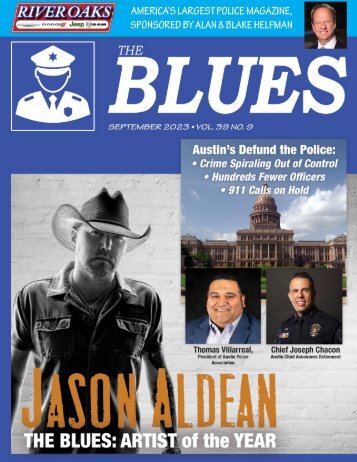
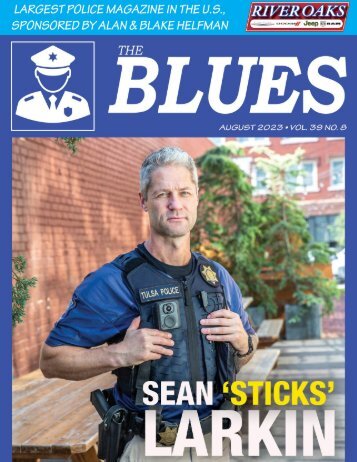
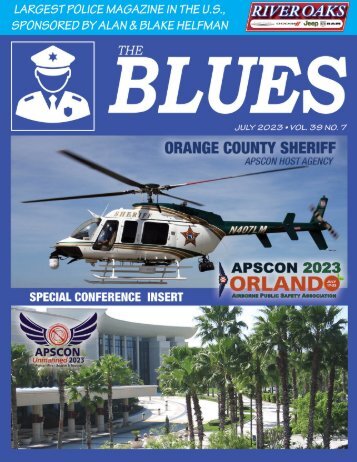
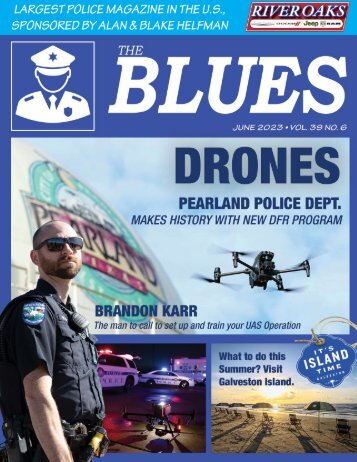
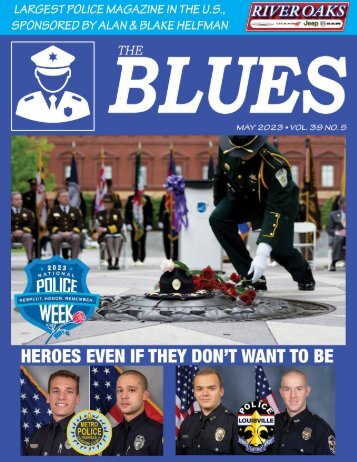
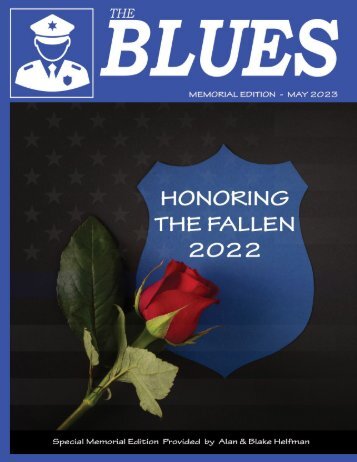
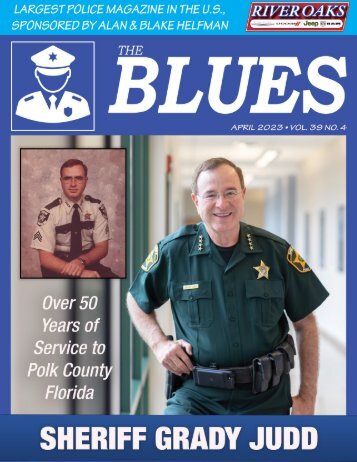
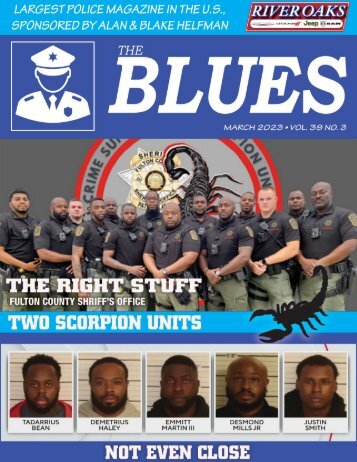
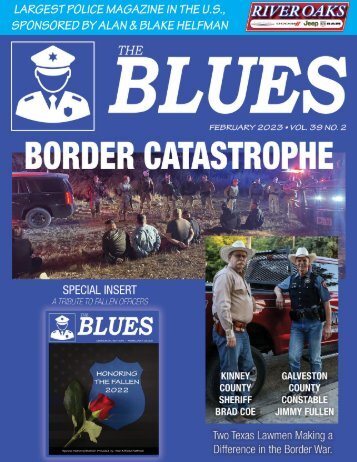
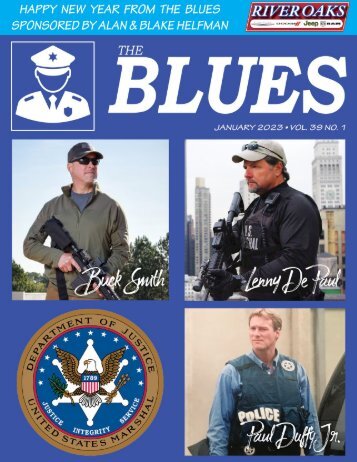

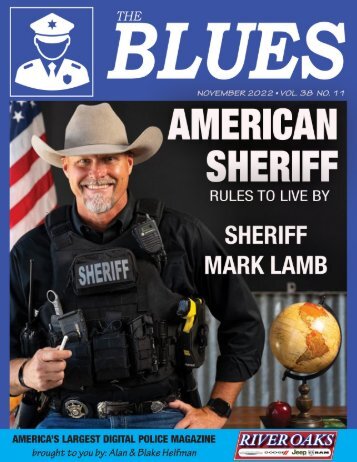
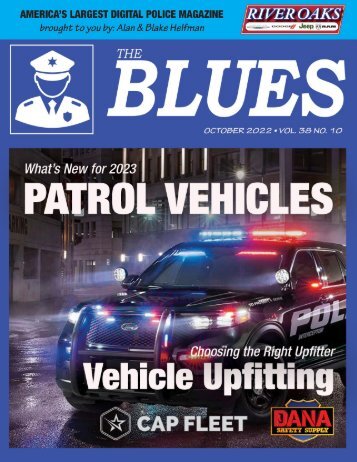
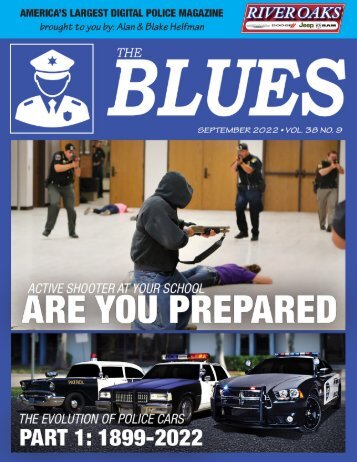
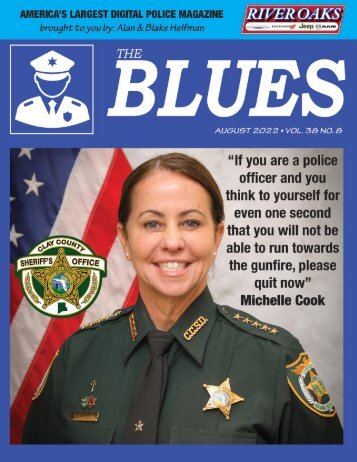
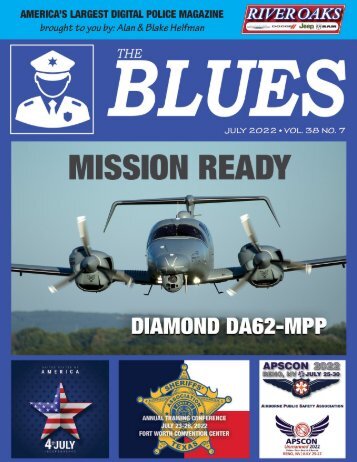
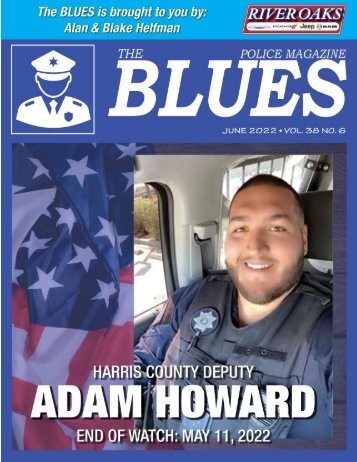
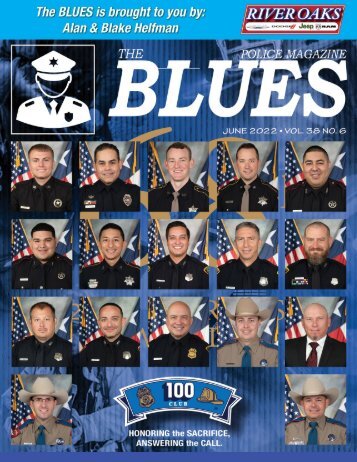
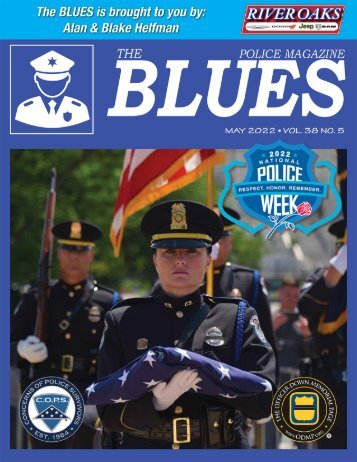
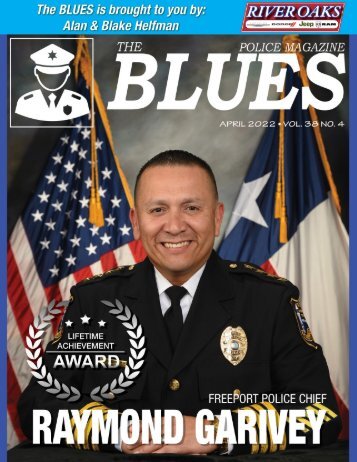
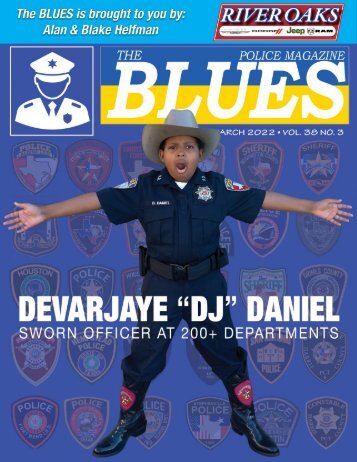
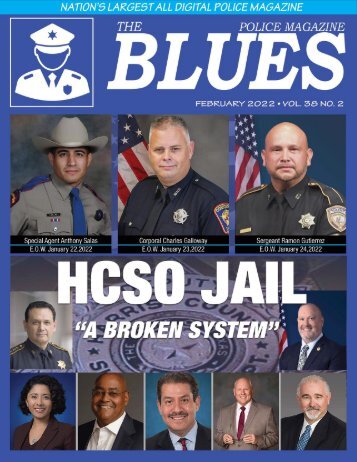
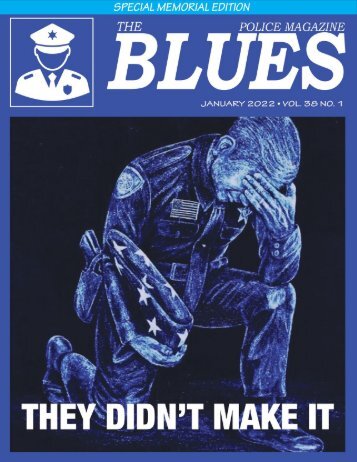
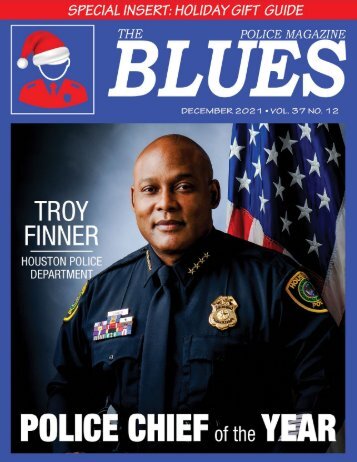

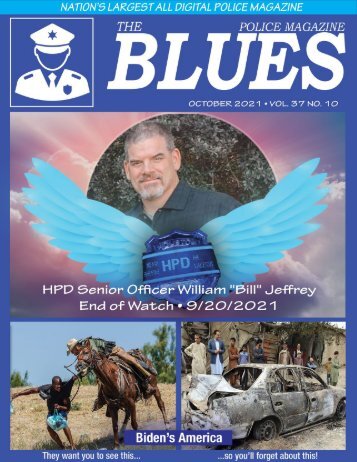
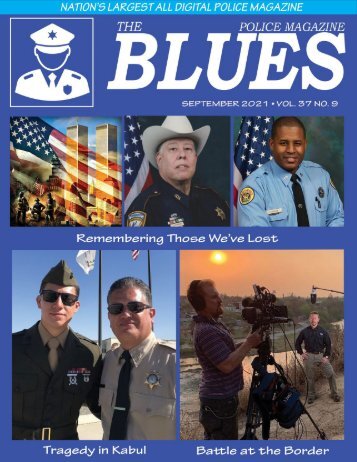
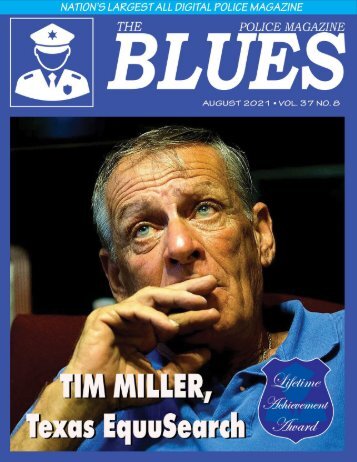
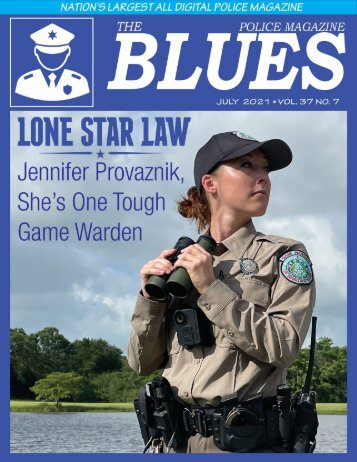

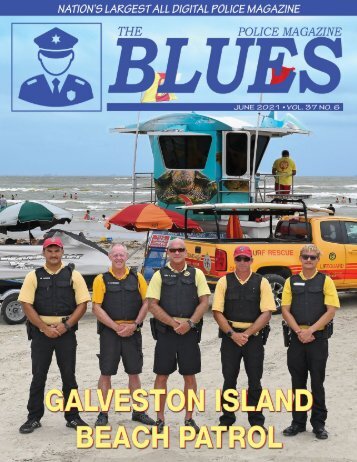

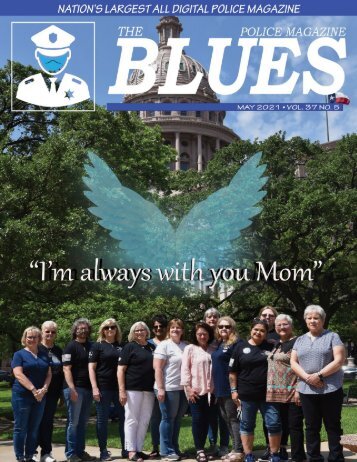
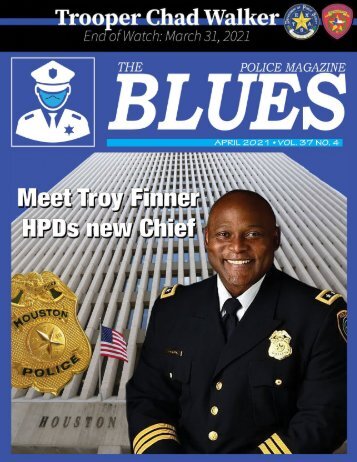
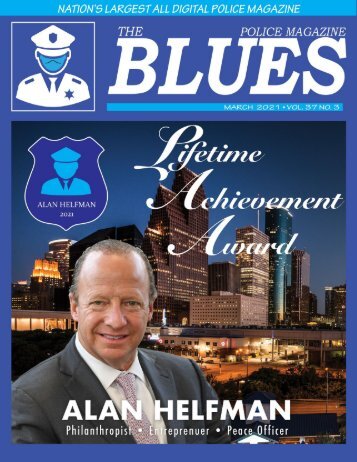
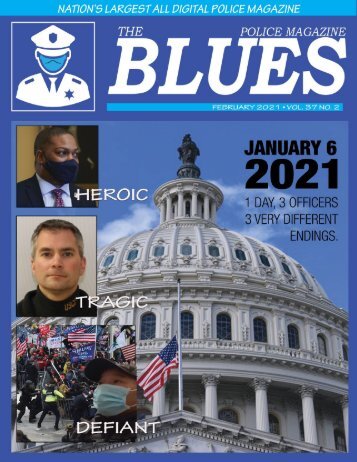

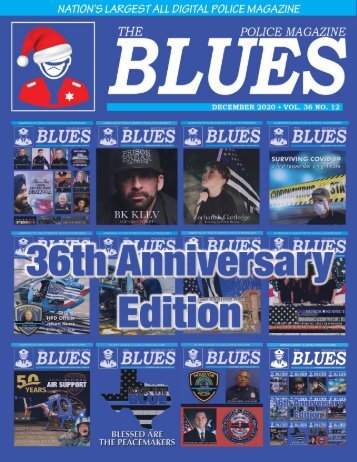
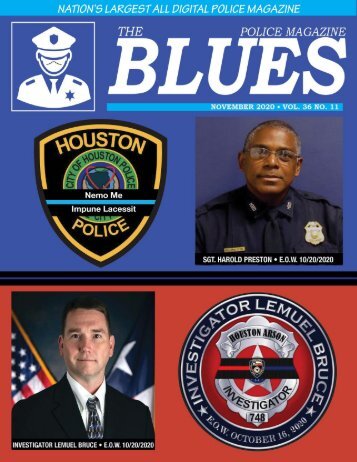
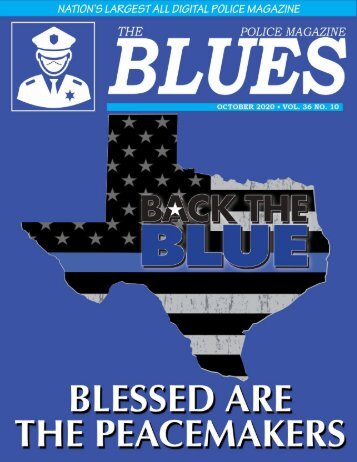
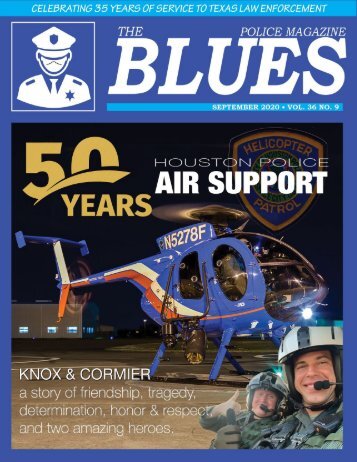
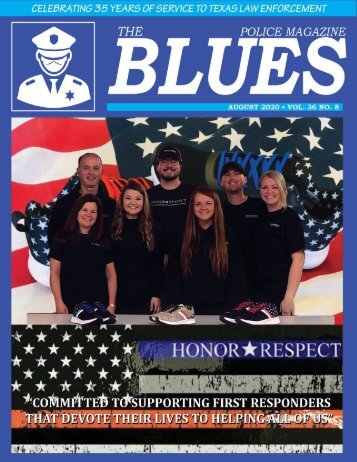
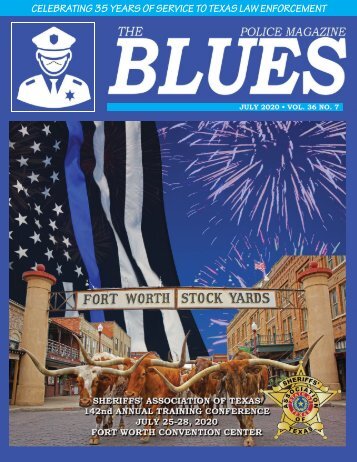
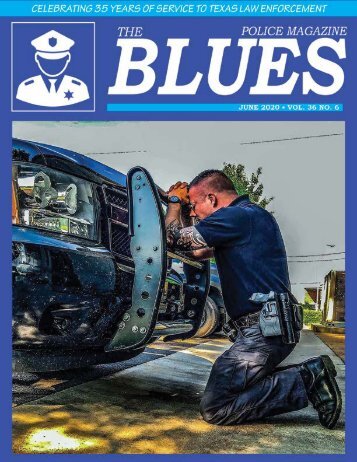
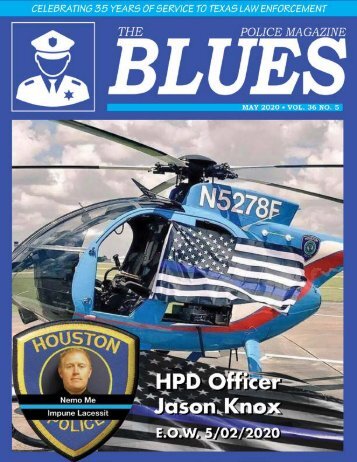
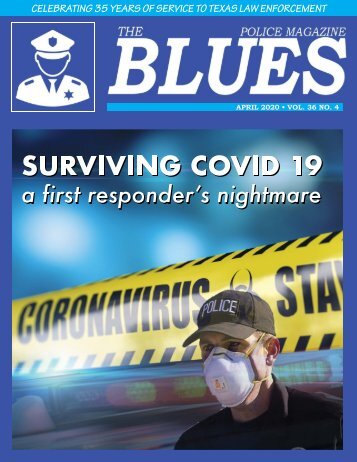


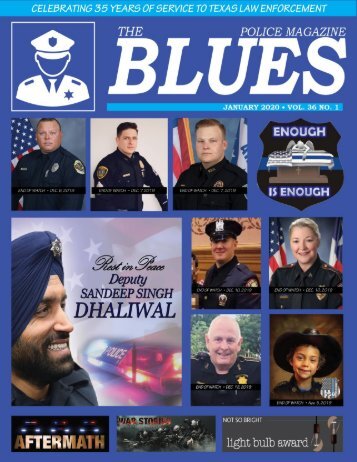
Follow Us
Facebook